Syria is one of the most unstable nations of the modern era, with a history of many coups d’etat, a bloody civil war and zealous religious fanaticism. But how did we get here?
Disclaimer: This article does not support any faction of the Syrian civil war and aims to provide an unbiased perspective of the past, present and potential future.
An innocent lie
The story of modern-day Syria begins with the French and British Empires. When the First World War broke out in 1914 and the Ottoman Empire joined in October against the French and British, the British had a new front in Egypt to fight on. They turned to the Arab revolutionaries led by the governor of the Hejaz region of the Ottoman Empire; Hussein bin Ali of the Hashemite dynasty for help. In return, they promised him a great Kingdom of Arabia.

But they betrayed him, splitting the promised lands between themselves and the French in the Sykes Picot agreement and only giving him a small amount of land in the Hejaz region. This was later conquered by Saudi Arabia with British backing. All Hussein got was the Kingdoms of Syria, Iraq and Transjordan for his children to rule under British and French administration. The French and British also slightly strayed from Sykes Picot in the final peace deal due to the Russian Empires fall and the British playing a much more significant role in the region.

A Greater Syrian Kingdom
After the British captured Damascus, which had been the most important Syrian city for centuries, Faisal, who was the son of the Sharif, went to the city to claim it for his fathers promised Kingdom. He had found out about Sykes Picot from the Soviets leaking the agreement the year before so went to Syria to stake his claim. In the peace deals, the British and French agreed to slightly adjust the Sykes Picot agreement but did not give Syria to Faisal. Faisal proclaimed The Arab Kingdom of Syria in March of 1920, and was conquered by the French within 5 months.
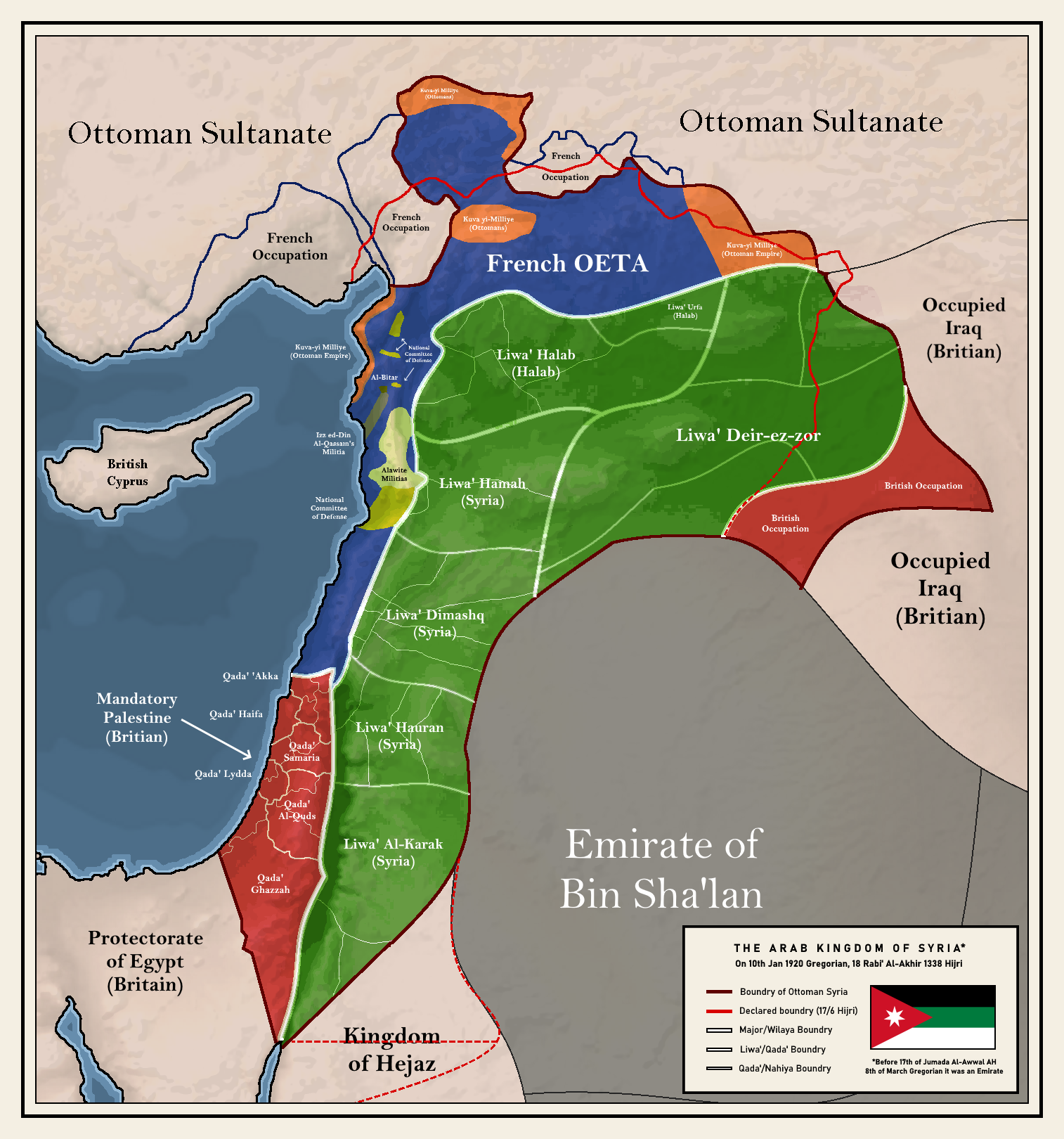
A wolf in sheep’s clothing
After its conquest, Syria was turned into a “mandate”. A mandate in theory was an agreement for the colonial powers to govern the people of the regions until they were ready for self-rule. Other notable mandates include Iraq and Palestine. In reality they were colonies with a different name. The French, in their divide and conquer policy, had split the Syrian mandate into 6 states, but later combined them. Into 2; Lebanon and Syria.
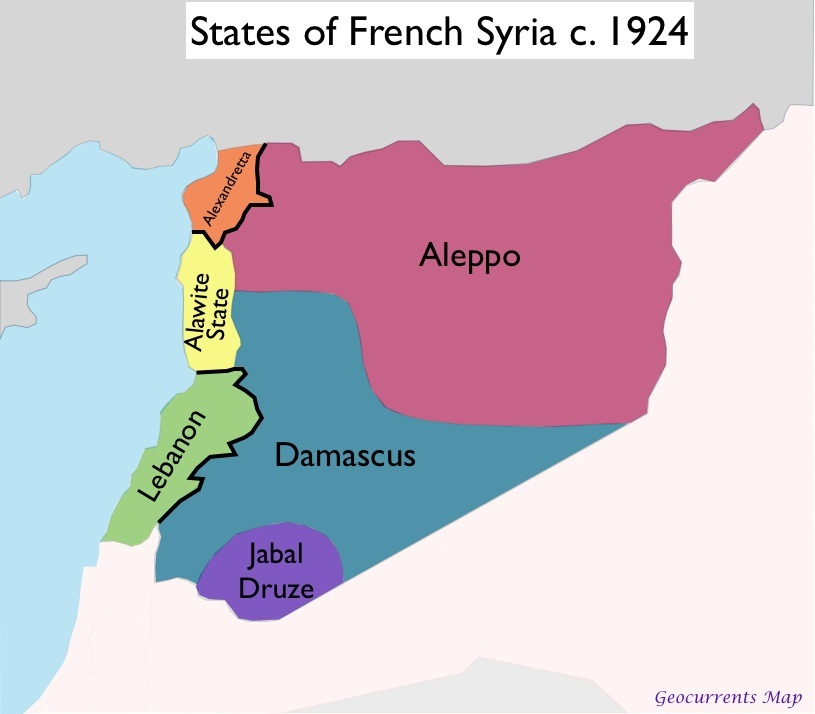
Eventually the mandates of Syria, Aleppo, Damascus, the Alawite State and Jabal Druze, and Lebanon would gain independence in 1946 and 1943, Alexandretta would be given to Türkiye. This marks the beginning of the first independent Syria since the Kingdom 26 years earlier. But the problems for Syria were far from over.
Coups and chaos
Since its independence until Hafez al Assad came to power, Syria had 9 attempted coups, from 1946-1970; about one coup attempt every three years, and only three years of actual democracy. Then in 1982 there was another coup attempt by the Muslim Brotherhood, aiming to overthrow Assad and start a revolution from the key city of Hama. The response was Assads forces closing off the city from the outside world and besieging it, resulting in the destruction of one third of the city and massacre of 10,000-40,000.

Sins of the father, sins of the son
On the 10th of June 2000, Hafez al Assad died of illness; he was succeeded by his son Bashar al Assad. The Syrian people had high hopes for him, that his rule would bring greater prosperity, and he would be a more moderate ruler than his father. This proved correct at first, with a period known as the Damascus Springs beginning in the year 2000, Intellectuals from across Syria met and discussed pressing political issues. This had not been allowed under the Hafez administration, but restrictions were easing. They eventually came to an agreement and published the manifesto of the 99, signed by 99 intellectuals. They demanded the end of the state of emergency that had been in place since ’63, the release of political prisoners and the end of the one-party system in Syria. At first Bashar responded well, the government closed Mezze Prison and released 600 prisoners. But soon it felt the activists were challenging their authority and so cracked down on their activities, arresting several prominent intellectuals. The first signs of his father were beginning to show in Bashar.

The writing on the wall
“It’s your turn, Doctor”
The words that would rock Syria to its core for a generation to come.
In Tunisia, the people had just overthrown a corrupt tyrant named Ben Ali. This successful and popular revolution would spark the flames of the Arab Spring. Protests and revolutions broke out against Arab dictators in Egypt, Libya, Yemen, Bahrain, Algeria, Morocco, Jordan, Kuwait, Saudi Arabia. And then there was Syria, where the Arab Spring took its deadliest toll.
It started in the southern city of Daraa in February of 2011 when a group of young teenage boys wrote in graffiti on a school wall the words “إجاك الدور يا دكتور”, “It’s your turn, Doctor”. It was Bashar’s turn to be overthrown just as Ben Ali had been in Tunisia and Mubarak in Egypt. The boys were arrested, held, and tortured for weeks. During this time, locals in the city began to protest and the protests soon spread to different cities in Syria. The Arab Spring had come to Syria.

Viva la revolucion
The Assad government cracked down on the protests by the time the boys were released, attempting to snub what could turn into a popular revolution. But it had the opposite effect. The protests turned violent and soon divisions of the army began to defect and start their own revolutionary army known as the Free Syrian Army as well as other smaller organisations. In response, Assad released Islamic Jihadists from prison to join the ranks of the FSA, dividing the organisation and making it difficult for Western powers to support the organisation against the Russian aligned Assad government.
Eventually the revolutionaries split into multiple groups including the Turkish backed Syrian National Army(SNA), the Western backed mostly Kurdish Syrian Democratic Forces(SDF), the former Al Qaeda affiliated Hayat Tahrir al Shaam(HTS), Druze groups and the Islamic State.

The Islamic State in Iraq and the Levant
The Caliphate of Terror, the Butchers of the Levant, the Army of Darkness. ISIS.
ISIS started as a rogue branch of Al Qaida. When the Syrian civil war erupted, they poured into Syria from their base in Iraq and their infamous leader Abu Bakr al Baghdadi declared their new name of ISIS. But this was done without consent from AQ central. They also fought AQ’s Syrian affiliate named Al Nusra Front, who will be important later on, and attacked both Assad and the Syrian opposition. When Bin Laden, former AQ leader and orchestrator of 911, was assassinated in 2011 a power vacuum opened up in AQ. Ayman Al-Zawahiri emerged as leader, but Al Baghdadi was a powerful contender who often disobeyed central command. After constantly ignoring AQ commands Baghdadi eventually proclaimed himself Caliph, leader of all Muslims, in 2014. This was the last straw and due to Baghdadis refusal to comply and his tactics being even more brutal than AQ’s, Zahwiri kicked ISIS out of the AQ bloc. It was also around this time when ISIS peaked in territory.

For the greater good
To respond to the threat and brutality of ISIS, a global coalition of 87 nations was formed including bitter enemies like Iran, the USA and the Taliban. Together they bombed ISIS into oblivion. Although ISIS engaged in actual combat with the Syrian factions including Assad and the opposition, the coalition suffered very minimal losses. By the end, ISIS had lost most of their fighting force and almost all of their territory, though sources on exact numbers vary greatly, around 13 thousand civilians were killed by the coalitions airstrikes and millions had been displaced.

A united Islamist front
Al Nusra front, the AQ affiliate of Syria mentioned earlier, took advantage of the war on ISIS to expand. By October 2017, they controlled the key city of Idlib along with more land in the northwest. (Labelled as Al Qaida in the map)

In 2015 as ISIS broke away from AQ, so did Nusra. Abu Mohammad al Jolani, now known as Ahmed al Sharaa, disassociated from AQ and began attacking and absorbing other AQ and ISIS affiliates in the Northwest. Eventually he had either united with or conquered other groups and formed Hayat Tahrir al Shaam in 2017. It was to be a much more moderate Islamist group and instead of calling for a pan Islamic nation focused on fighting ISIS and Assad.

Together for victory
On the 27th of November 2024, the joint forces of HTS and the SNA launched a major offensive. Within three days they captured Aleppo, Hama by day 8, and Homs by day 11. Meanwhile, in the south, rebels had risen up in the city of Daraa where the protests started 13 years earlier. They captured Daraa and other key cities in the south, by December 8th they captured Damascus and Assad fled to Russia. During this time the SDF, Kurds, captured Syria’s key eastern city, Deir ez-Zor but after the fall of Damascus the HTS-SNA alliance went on to recapture it as well as cities on the western coast which still had Assadist and Russian presence.

Over the Golan
Since the 1967 Six-day war, which started when Israel launched a pre-emptive attack on its neighbours including Syria in response to a military build-up, Israel has occupied a region of southwestern Syria known as the Golan Heights. In 1981 they formally annexed it, made it a part of their country, and the UN condemned both the occupation and annexation. The only country to recognise the annexation as legitimate is the USA since Trump recognised it in 2019. There are also tens of thousands of Israeli settlers present in the region.

When the rebels captured Damascus on 8th December, the IDF crossed the UN buffer zone from the Golan into sothern Syria. They also targeted left over Assadist regime military bases. All this was to prevent HTS, which the UN and many nations consider a terrorist organisation, from gaining too much power and military assets. The UN has condemned Israeli attempts to “encroach on the territory of Syria”. The USA has made a statement supporting Israel’s actions, saying it “has the right to take action against terrorist organisations”. Israel is yet to indicate when they might withdraw, saying they will stay for the “foreseeable future”.

There have also been two Assadist remnants; the secular, Baathist, Syrian Popular Resistance and the Islamist, SSNP affiliated, Syrian Islamic Resistance Front in Syria. The SSNP is a far right party that was closely allied with the Assad regime. These two groups are both Iranian backed and have been conducting operations against both the transitional government and the Israeli offensive.
A Brighter future
When most of Assads forces had fled or surrendered, HTS formed a transitional government. The current leader of Syria is Jolani, and several key ministers have been appointed. By the end of 2028, they plan to have drafted a new constitution and by 2030 have implemented a full democratic system with the erosion of the armed faction and Presidential and Parliamentary elections. During this period economic reform will take place as well as slowly implementing democracy across different regions. Many have raised concerns about the new government, fearing HTS will have too great an influence and turn Syria into a Sharia state, reportedly police are being recruited based on religion. There are also concerns about the Alawite and Kurdish minorities in particular who HTS and the SNA have been fighting armed factions of (Assads forces and the SDF). On Jan 29th 2025, all the rebel factions of the new transitional government officially dissolved including HTS, the Baath party of Assad was banned and the old constitution was suspended while a new one is being written.

Ultimately the future of Syria is uncertain, with a divided population, remnants of Assads forces, a potentially fanatic government, and an Israeli invasion. But only time will tell if the people of Syria can finally know peace and freedom.


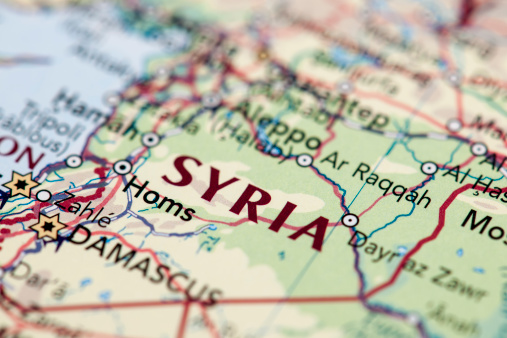

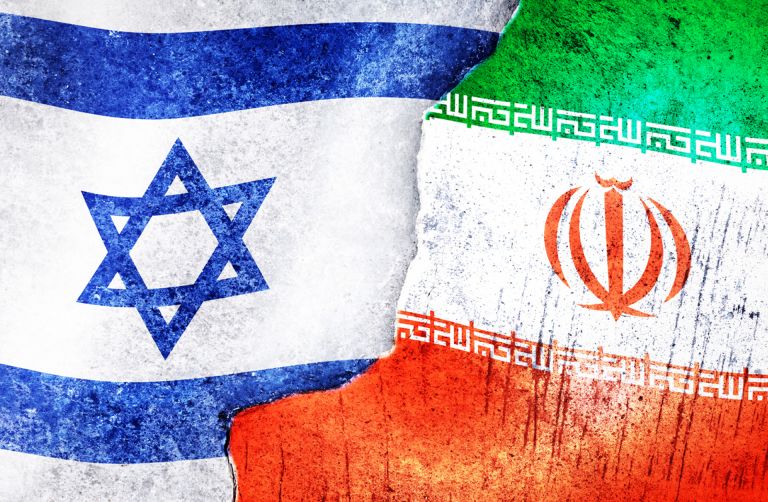

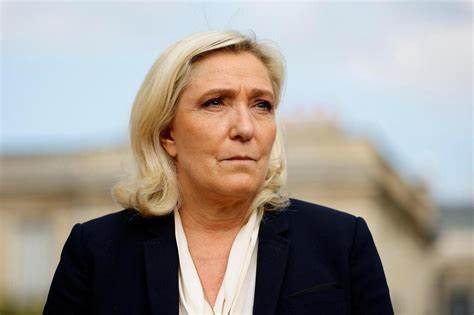
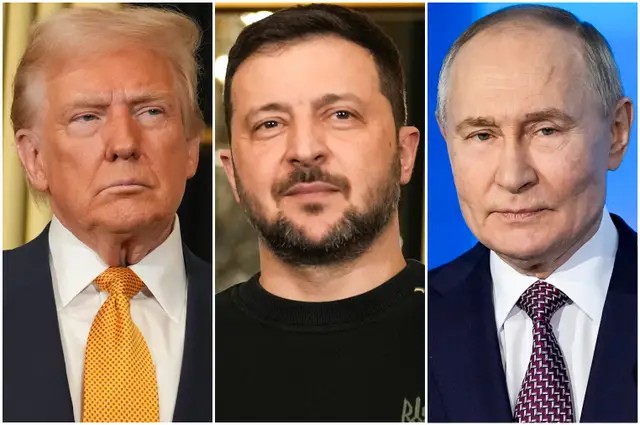
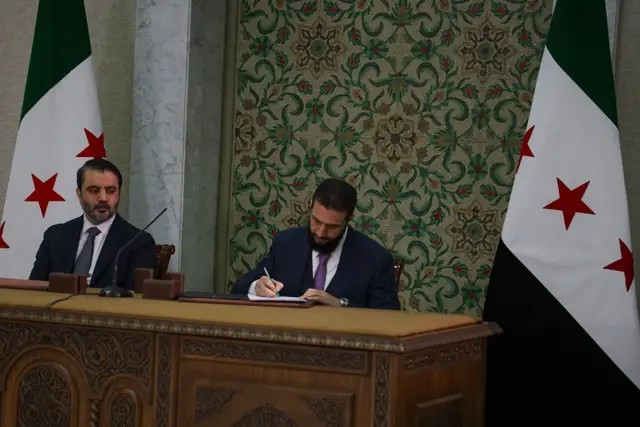
Leave a Reply